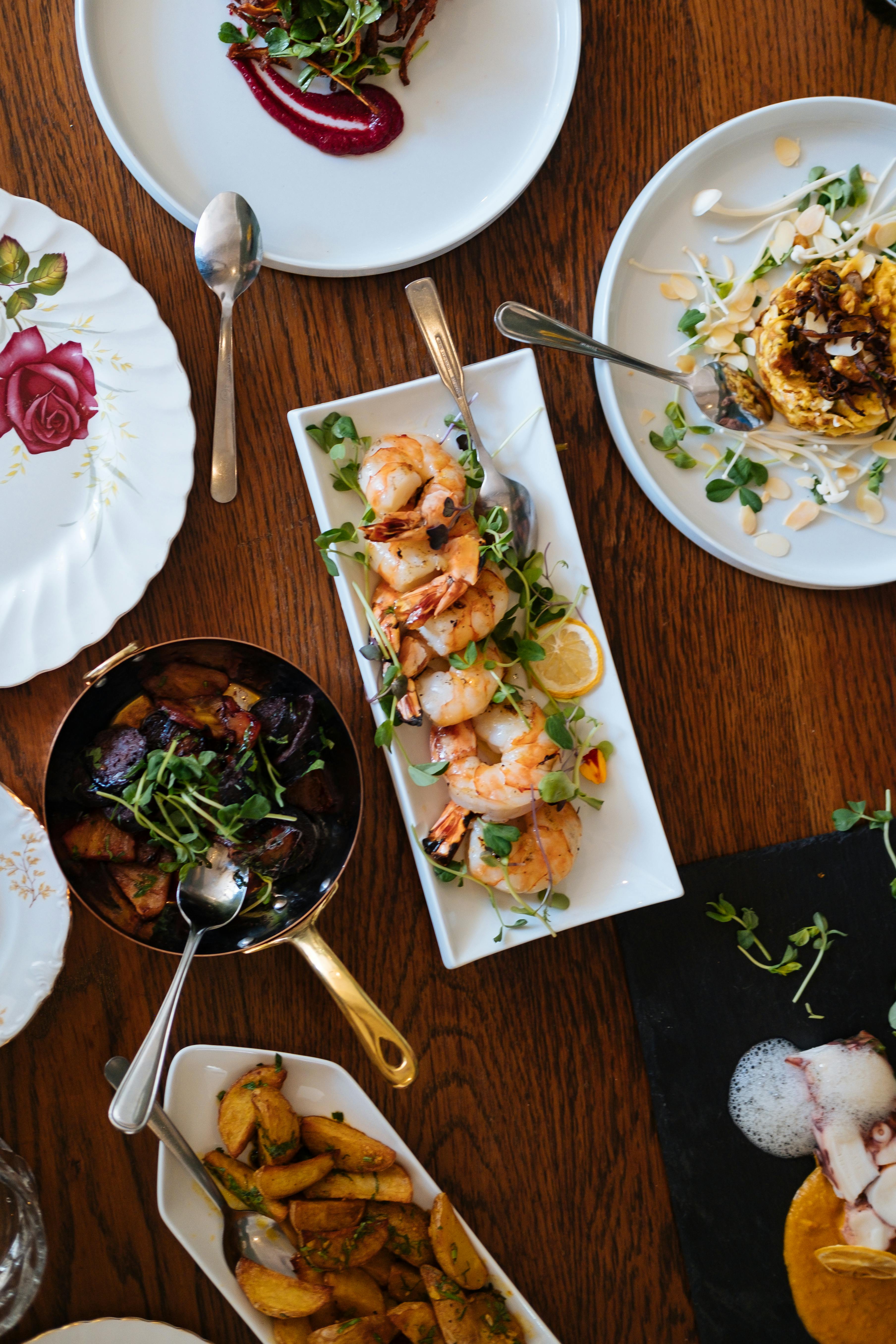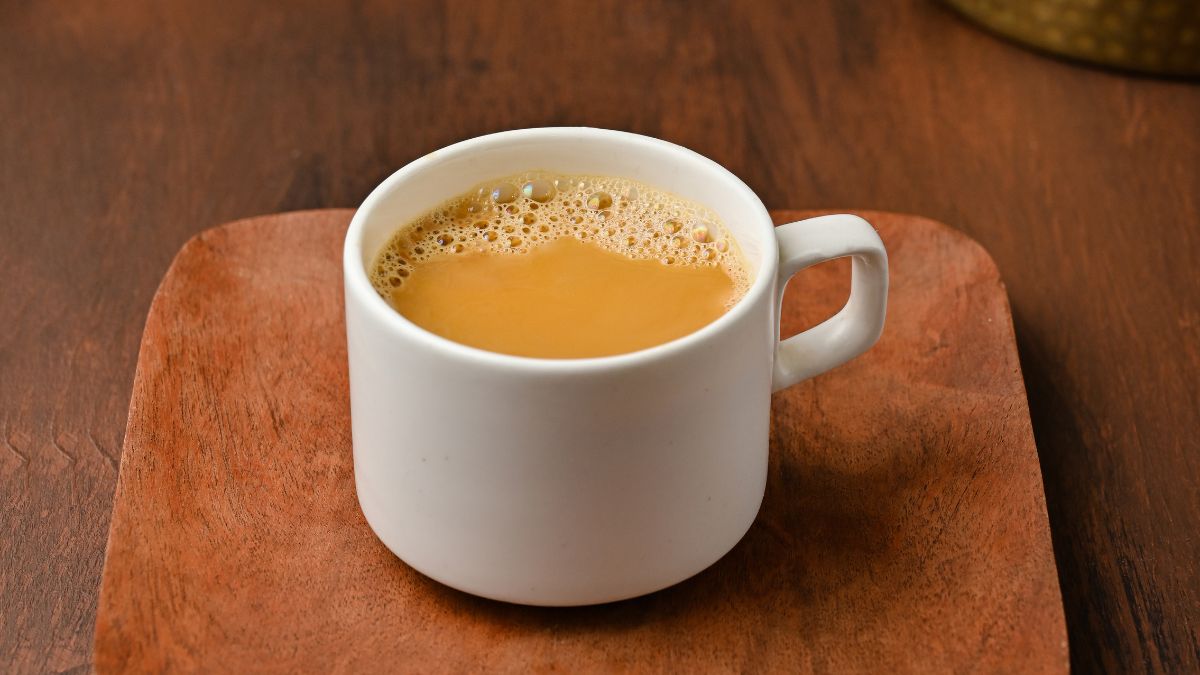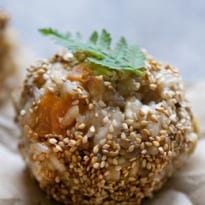If an apricot disappoints, as it so often does, warm its cold heart with sugar, honey or spice. Ground cinnamon and a lightly flavoured honey will do the job and can be added to fruit destined for a tart or to be baked in a slow oven. Cardamom and anise work, too, but ginger swings both ways and can be added to halved fruits in a mild, creamy curry or, used in its syrupy form, as a glaze for a sweet tart. The quickest rescue remedy I know for lacklustre apricots is to halve, stone and brush their cut side with syrup from the ginger jar then cook them under a low grill. This way, the fruit gets to wallow in both of its favourite luxuries: sweetness and heat.
The apricots I bought this week are the richest and sweetest I've had for years. I picked the deepest coloured fruits from the box, leaving the pale, hard fruits be, then put them in a single layer on a plate near the kitchen window. Warmed by the summer sun they became softer, sweeter and more interesting within 48 hours. But unless you are on the side of the angels cooking your fruit is probably better than trying to eat them as they are, the way you might a peach.
Good stuff from the dairy will help, too. Clotted cream or crème fraîche will do much for the apricot, as will thick yogurt. Another trick is to make a spiced sugar by crushing cardamom seeds and sugar using a pestle and mortar, rolling the fruit in it and baking it until soft, then pouring over a generous amount of double cream or crème fraîche and returning it to the oven until the cream is warmed through.
There are other possibilities, too. Apricots slipped on to brioche or panettone and baked until their syrup caramelises in the heat; the fruit chopped and stirred into warm sticky rice with sesame seeds and coconut milk; baked with a white-bloomed creamy cheese or, if you can find a reasonably priced supply, made into jam. The latter is also a good way of using a batch of fruit that refuses, point blank, to ripen.
The salad I made earlier this week using ripe fruit and crisp-skinned, roasted duck worked on many levels. It was served as a main course with a bowl of buttercrunch and iceberg lettuce at its side, and we ate it shortly after the duck had been roasted, its skin still crunchy. The meat needs to be pulled from the bones with two forks in the style of pulled pork, so you get long strands of meat and shattered, salt-flecked skin to toss with the sweet fruit and sharp lime and black pepper dressing.
Roast duck and apricot salad
I use legs for this recipe rather than the breast. The meat on the roasted duck's legs pulls into shreds much more successfully and the skin roasts more crisply.
Serves 2
duck legs 2
lime juice 100ml (2 limes)
sea salt flakes
olive oil 4 tbsp
chilli 1, medium sized, shredded
apricots 6-8 small, ripe
shallots 4 medium
coriander a handful
Set the oven at 200C/gas mark 6. Place the duck legs in a roasting tin, rub with a little salt and pepper then roast for 45 minutes until the skin is crisp and golden. Remove the duck from the tin, place on a chopping board and pull the meat and skin away from the bones into thick, juicy shreds with two forks.
Peel, halve lengthways and separate the shallots into layers. Cook them in a little oil in a shallow, nonstick pan until golden and soft.
Mix the lime juice and a good pinch of sea-salt flakes and stir in the oil. Shred the chilli finely, removing the seeds if you prefer a cooler dressing, then add to the lime and oil. Halve and stone the apricots, slice them into segments then add them to the dressing.
Toss the warm shredded duck with the shallots and dressing.
Remove the coriander leaves from their stems leaving them whole, then add them to the duck and apricots. Serve while the duck is still warm.
Sticky apricot rice cakes
These deliciously chewy rice cakes are best eaten the day they are made. Keep them overnight if you have to, but don't refrigerate them. You will need sticky Thai rice for this.
Makes 12
Thai sticky rice 335g
coconut milk 400ml
apricots 8, ripe
light muscovado sugar 90g
sesame seeds 3 tbsp
cashew nuts 100g
salt
water 100ml
For the coating:
sesame seeds 4-6 tbsp
sesame oil 2 tsp
Put the rice in a saucepan and add the coconut milk and a little salt. Bring the milk to the boil then lower the heat, cover with a tight lid and leave to simmer gently for 25-30 minutes. You want the rice to be soft and tender. Halve, stone and chop the apricots, dust lightly with a little muscovado sugar and set aside.
Toast the sesame seeds in a dry frying pan then remove them from the heat when they smell warm and toasty and are a light golden colour. Remove and tip in the cashew nuts, cooking them to an even gold over a moderate heat, and moving them regularly so they don't burn. When the rice is cooked stir in the sugar, toasted sesame seeds and cashews and the chopped apricots, then leave the mixture to rest for 15 minutes.
Leave the rice to cool, roll into 12 balls, refrigerating only long enough to set the mixture. Toast the remaining sesame seeds in a nonstick pan, add the sesame oil and stir briefly, then tip on to a plate. Roll the balls in the sesame seeds and leave briefly to set.
Email Nigel at nigel.slater@observer.co.uk or visit theguardian.com/profile/nigelslater for all his recipes in one place. Follow Nigel on Twitter @NigelSlater
Chewy delights: sticky apricot rice cakes. Photograph: Jonathan Lovekin for the Observer













